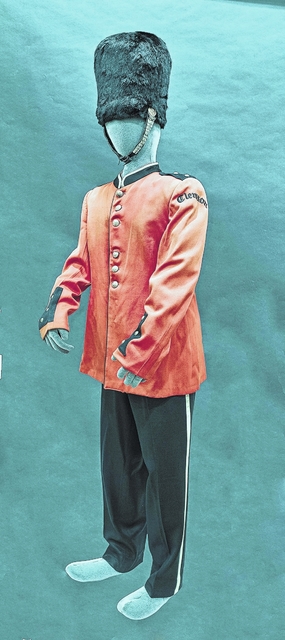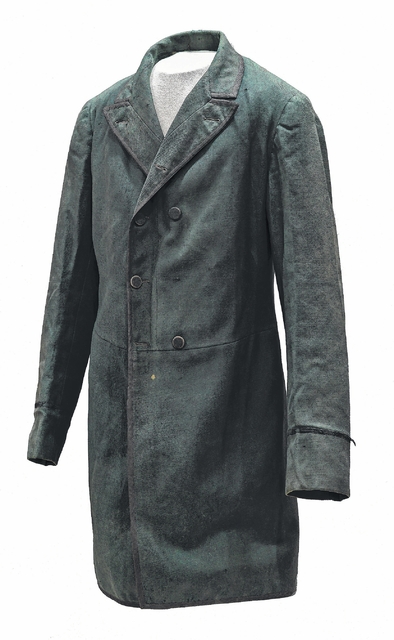



COLUMBIA – The S.C. State Museum is showcasing more than 200 years of South Carolina clothing in the upcoming exhibition Threads: The Story in Our Clothes.
From lab coats and motoring suits, to formal gowns and wedding coats, to repurposed clothing and handmade work dresses, museum guests will soon be able to experience the diverse stories behind two centuries of clothing articles worn by South Carolinians.
Featuring handmade, historic, popular and unique clothing, Threads examines some of the reasons people wore what they did and the role society, fashion, the environment and practicality played in those choices. Each article showcased tells a unique South Carolina story, either through their creation or in the lives of the people who wore them.
The featured pieces are all from the State Museum’s expansive clothing collection, which is comprised of more than 3,000 pieces, many of which are being exhibited for the first time.
“We all love to look at clothing and fashion, but one reason this exhibition is so special is that it is about the stories attached to clothes,” said curator of history JoAnn Zeise. “It’s more intimate. We chose clothing for this show based on the story they told, not necessarily for the fashion.”
Traveling through the exhibition, guests will find a variety of thematic collections representing all walks of life, including an entire collection that served practical purposes and were worn to fulfill jobs or tasks such as a 1920 Girl Scout uniform, a cape from the first LPN nurse in South Carolina and a Clemson band uniform from the 1960s.
Another section features clothing made in South Carolina, generally by the people who wore them, including a 1790s man’s frockcoat made using hand-woven, natural-dyed South Carolina grown cotton. Other examples include a 1940s handmade chiffon dress and a mini-dress from the 1960s.
Some clothing is classically South Carolina including the ubiquitous palmetto trees on shirts, shoes, and anywhere else they can be printed, embroidered or painted on. The iconic seersucker and bowtie combination, flip flops, swimsuits or the classic sundresses are all fixtures of the South Carolina look. A variety of popular trends and special occasion clothing will also be on display.
At the end of the exhibition, an interactive area invites guests to reflect on how clothing and fashion have inspired them and have influenced their clothing decisions.
“We hope guests walk away with an understanding about how their clothing choices have been shaped by popular culture, necessity and practicality and how these overlap,” said Zeise. “Even people who say they don’t care about what they wear are making a strong statement about themselves.”
Threads: The Story in Our Clothes is included with museum membership or general admission.
